 To enhance service speed and avoid tariff delays, we've opened a US warehouse. All US orders ship directly from our US facility.
To enhance service speed and avoid tariff delays, we've opened a US warehouse. All US orders ship directly from our US facility.
| Cat. No. | Product Name | Field of Application | Chemical Structure |
|---|---|---|---|
| DC60501 | ABX-002 Featured |
ABX-002 is a novel CNS-penetrant TR-B agonist prodrug with significant potential for treating demyelinating disorders (e.g., multiple sclerosis), neuroinflammatory diseases (e.g., ALS, Alzheimer's), and neurodegenerative diseases (e.g., Parkinson's, Huntington's). Its ability to promote remyelination, reduce inflammation, and protect neurons makes it a promising therapeutic candidate for a range of CNS disorders.
More description
|
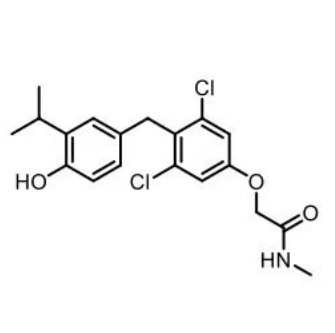
|
| DC66457 | FAP-IN-2 (FAPI) Featured |
FAP-IN-2 is a 99mTc-labeled FAPI inhibitor designed for tumor imaging. It targets fibroblast activation protein (FAP) in the tumor microenvironment, enabling high-contrast SPECT imaging of FAP-expressing tumors. Its specificity, stability, and imaging capabilities make it a valuable tool for cancer diagnosis, staging, and research. Additionally, it has potential theragnostic applications in oncology.
More description
|
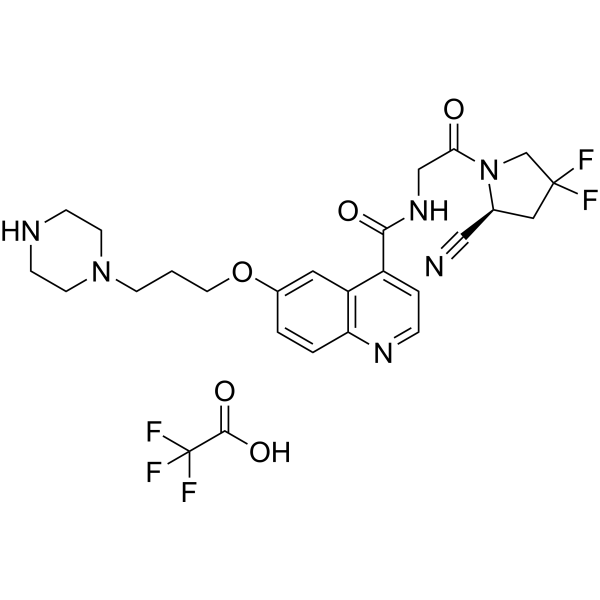
|
| DC60284 | GN13 Featured |
GN13 is a potent, selective, and cell-permeable inhibitor of Gαs, with a strong binding affinity for the active, GTP-bound state of Gαs (KD = 0.19 μM). Its high selectivity and ability to penetrate cells make it a powerful tool for studying Gαs signaling in both basic research and potential therapeutic applications.
More description
|
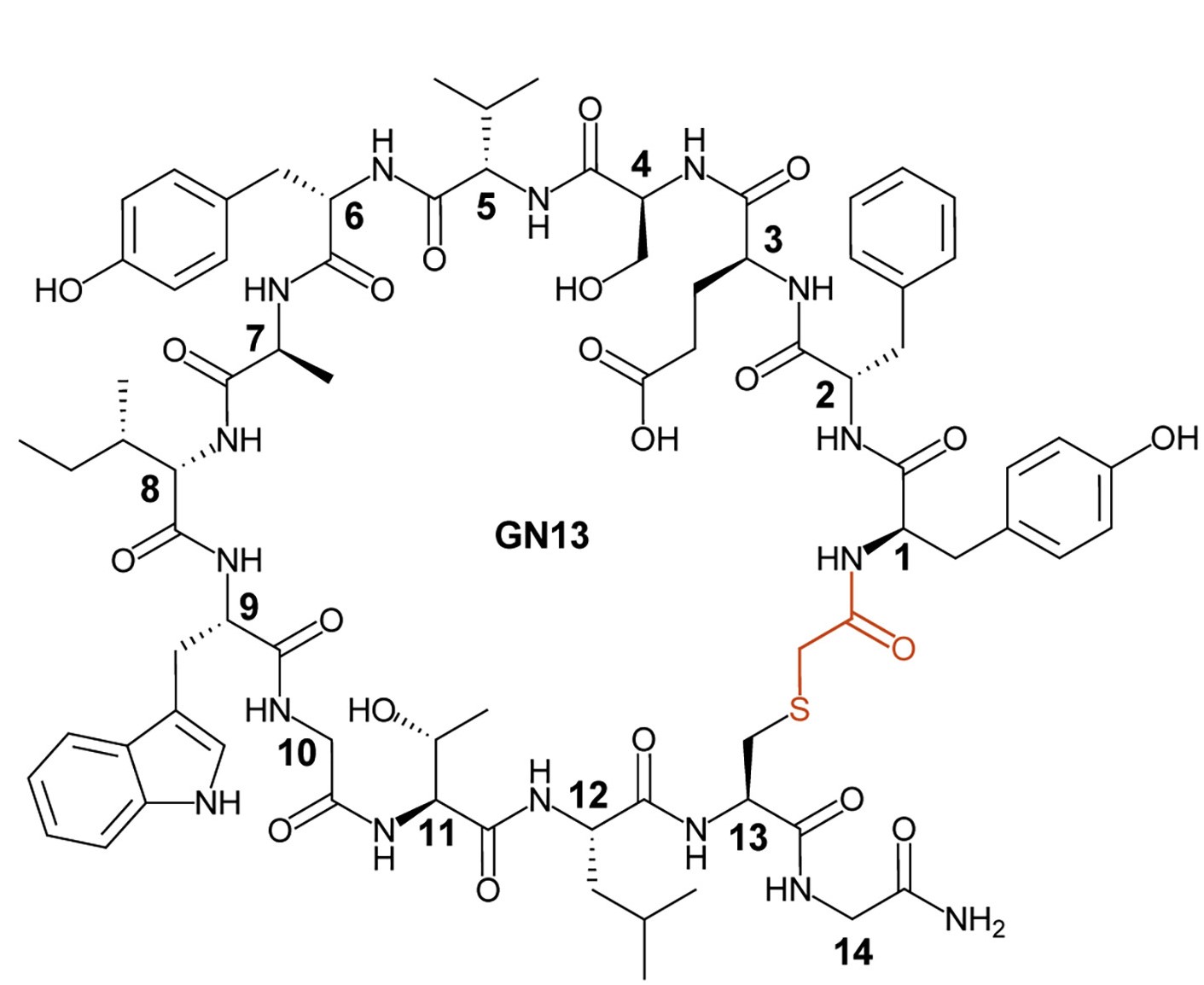
|
| A411 | Geptanolimab Biosimilar(Anti-PDCD1 / PD-1 / CD279 Reference Antibody) Featured |
Geptanolimab (CBT-501) is a humanized IgG4k monoclonal antibody against programmed death-1 (PD-1). Siplizumab inhibits the binding of PD-L1/L2 to PD-1 through a competitive action. Siplizumab can be used in research of cancer.
More description
|
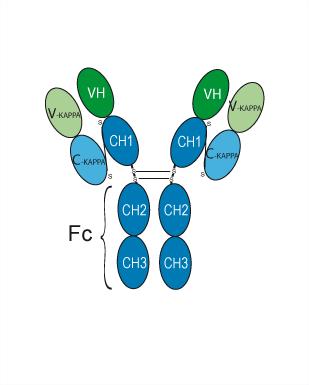
|
| DC43898 | CN009543V Featured |
The statement suggests that CN009543V enhances tyrosine phosphorylation of the epidermal growth factor receptor (EGFR) through downstream signaling pathways.
More description
|
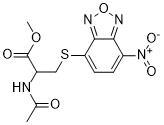
|
| A410 | Finotonlimab Biosimilar(Anti-PDCD1 / PD-1 / CD279 Reference Antibody) Featured |
Finotonlimab (SCT-I10A) is a recombinant humanised IgG PD-1 antibody. Finotonlimab has the potential for solid tumors or lymphomas research.
More description
|
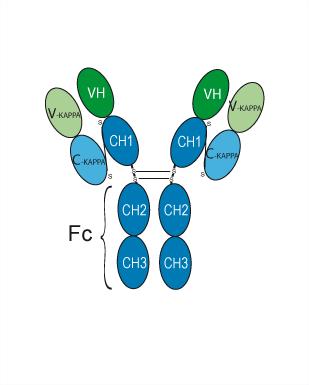
|
| A409 | Camrelizumab Biosimilar(Anti-PDCD1 / PD-1 / CD279 Reference Antibody) Featured |
Camrelizumab (SHR-1210) is a potent humanied high-affinity IgG4-κ monoclonal antibody (mAb) to PD-1. Camrelizumab binds PD-1 at a high affinity of 3 nM and inhibits the binding interaction of PD-1 and PD-L1 with an IC50 of 0.70 nM. Camrelizumab acts as anti-PD-1/PD-L1 agent and can be used for cancer research, including NSCLC, ESCC, Hodgkin lymphoma, and advanced HCC et,al.
More description
|
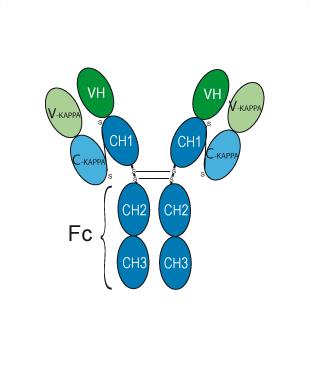
|
| A408 | Dostarlimab Biosimilar(Anti-PDCD1 / PD-1 / CD279 Reference Antibody) Featured |
Dostarlimab (TSR-042) is a humanized anti-PD-1 monoclonal antibody. Dostarlimab binds with high affinity to human PD-1 and competitively inhibits its interaction with its ligands, PD-L1 and PD-L2, with IC50s of 1.8 and 1.5 nM, respectively.
More description
|
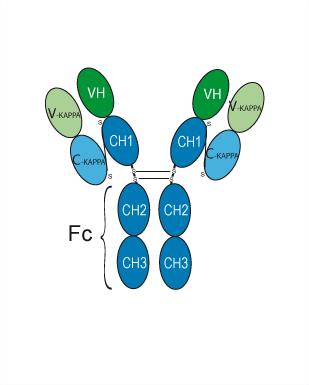
|
| A407 | Schering patent anti-PCSK9 Biosimilar(Anti-PCSK9 Reference Antibody) Featured |

|
|
| A406 | Merck patent anti-PCSK9 Biosimilar(Anti-PCSK9 Reference Antibody) Featured |

|
|
| A405 | Boehringer anti-PCSK9 Biosimilar(Anti-PCSK9 Reference Antibody) Featured |

|
|
| A404 | Ebronucimab Biosimilar(Anti-PCSK9 Reference Antibody) Featured |
Ebronucimab (AK102) is an IgG1-λ2 antibody targeting PCSK9 and is primarily expressed by CHO DG44 (Chinese Hamster Ovary) cells.
More description
|
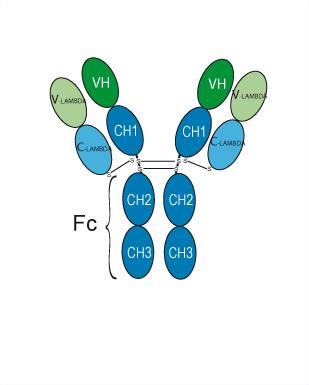
|
| A403 | Bococizumab Biosimilar(Anti-PCSK9 Reference Antibody) Featured |
Bococizumab (PF-04950615) is an anti-human PCSK9 inhibitory antibody that reduces LDL cholesterol levels. Bococizumab can be used in the research of hypercholesterolemia.
More description
|
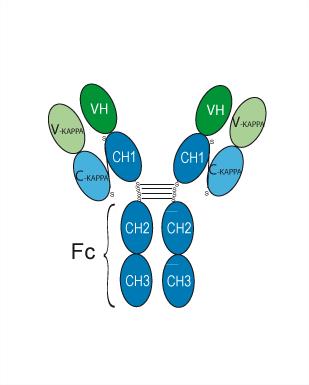
|
| A402 | Frovocimab Biosimilar(Anti-PCSK9 Reference Antibody) Featured |
Frovocimab (LY 3015014) is a humanized IgG4 monoclonal antibody (mAb) that neutralizes PCSK9. Frovocimab inhibits PCSK9 binding to LDL receptor (LDLR) while permitting the normal proteolytic cleavage of the bound intact PCSK9.
More description
|
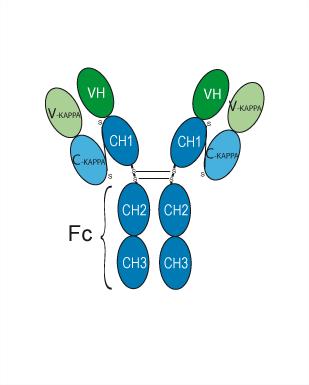
|
| A401 | Tafolecimab Biosimilar(Anti-PCSK9 Reference Antibody) Featured |
Tafolecimab (IBI-306) is a human lgG2 monoclonal antibody that specifically binds PCSK-9 and reduces LDL-C levels by inhibiting PCSK-9-mediated endocytosis of the LDL receptor, which in turn enhances clearance of LDL-C and leads to a reduction in LDL-C levels. Tafolecimab may be used in studies of hypercholesterolaemia.
More description
|
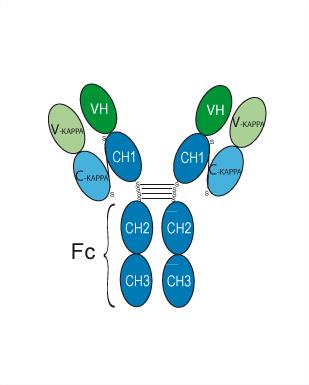
|
| A400 | Ongericimab Biosimilar(Anti-PCSK9 Reference Antibody) Featured |
Ongericimab (JS002) is a humanized anti-PCSK9 monoclonal antibody. Ongericimab has lipid-lowering efficacy. Ongericimab can be used in research of hypercholesteremia and hyperlipidemia.
More description
|
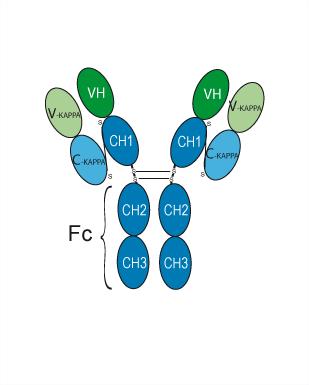
|
| A399 | Lodelcizumab Biosimilar(Anti-PCSK9 Reference Antibody) Featured |
Lodelcizumab is a monoclonal antibody. Lodelcizumab can be used for the research of hypercholesterolemia.
More description
|
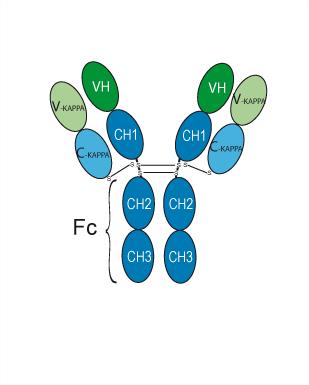
|
| A398 | RG-7652 Biosimilar(Anti-PCSK9 Reference Antibody) Featured |

|
|
| A397 | Ralpancizumab Biosimilar(Anti-PCSK9 Reference Antibody) Featured |
Ralpancizumab is a selective PCSK9 inhibitor with potential application in hemorrhagic stroke.
More description
|
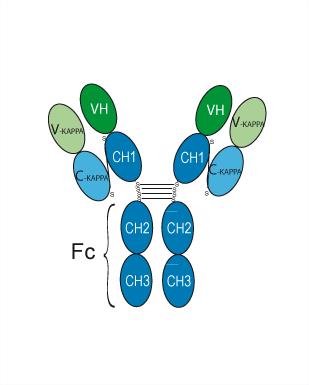
|
| A396 | Recaticimab Biosimilar(Anti-PCSK9 Reference Antibody) Featured |
Recaticimab (SHR-1209) is a humanized monoclonal antibody that inhibits PCSK9. Recaticimab can bind to PCSK9 and mediate its degradation, increasing the level of low-density lipoprotein (LDL) receptors on the surface of liver cells, reducing the level of LDL in plasma, thereby lowering blood lipids. Recaticimab can be used for the study of hypercholesterolemia.
More description
|
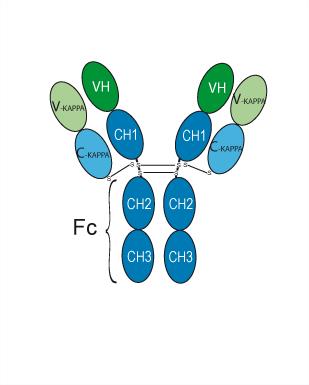
|
| A395 | U.Penn. patent anti-PCLA Biosimilar(Anti-PCLA Reference Antibody) Featured |

|
|
| A394 | Regeneron patent anti-PAR-2 Biosimilar(Anti-PAR2 Reference Antibody) Featured |

|
|
| A393 | PAR650097 Biosimilar(Anti-PAR2 Reference Antibody) Featured |

|
|
| A392 | Amgen patent anti-PAR-2 Biosimilar(Anti-PAR2 Reference Antibody) Featured |

|
|
| A391 | Lilly patent anti-PACAP Biosimilar(Anti-PACAP38 Reference Antibody) Featured |

|
|
| A390 | Zelminemab Biosimilar(Anti-PAC1 Reference Antibody) Featured |
Zelminemab (AMG-301) is a humanized monoclonal antibody that inhibits PACAP type I (PAC1) receptor.
More description
|
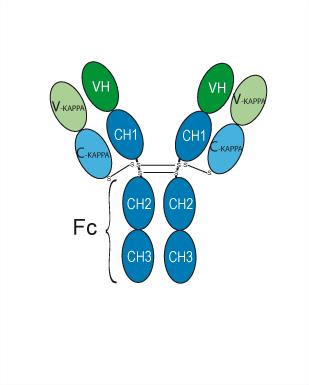
|
| A389 | Okayama U. patent anti-oxLDL Biosimilar(Anti-oxLDL Reference Antibody) Featured |

|
|
| A388 | Orticumab Biosimilar(Anti-oxLDL Reference Antibody) Featured |
Orticumab (MLDL1278A) is an antibody targeting to oxidized or malondialdehyde-modified lipoprotein (LDL). Orticumab specifically inhibits oxidized low-density lipoproteins (oxLDL). Orticumab involves in modulation of autoimmune responses against oxLDL, improves atherosclerosis in animal model. Orticumab also can be used for research of psoriasis improvement.
More description
|
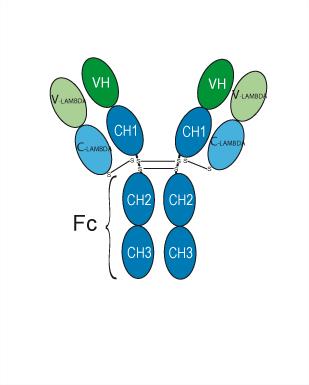
|
| A387 | Janssen patent anti-CD200R1 Biosimilar(Anti-OX2R / CD200R1 Reference Antibody) Featured |

|
|
| A386 | ASK8007 Biosimilar(Anti-Osteopontin Reference Antibody) Featured |

|